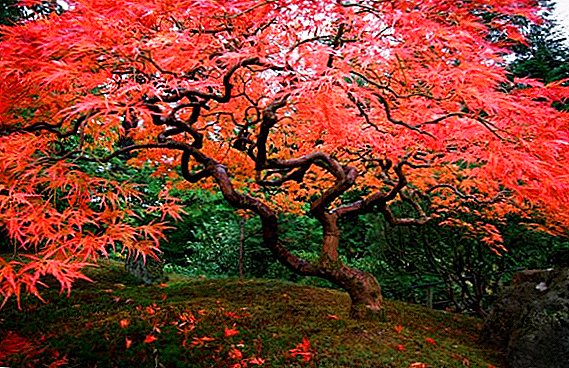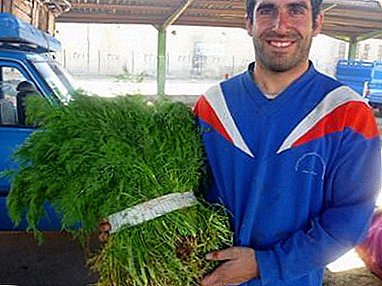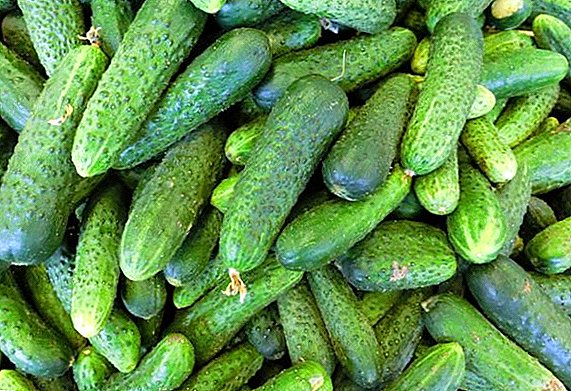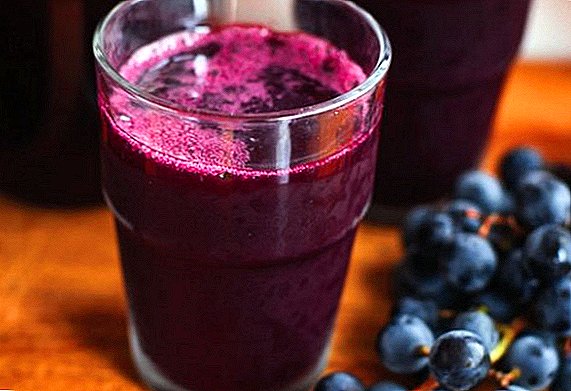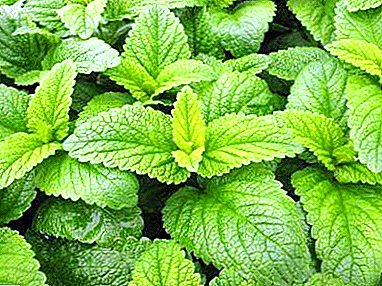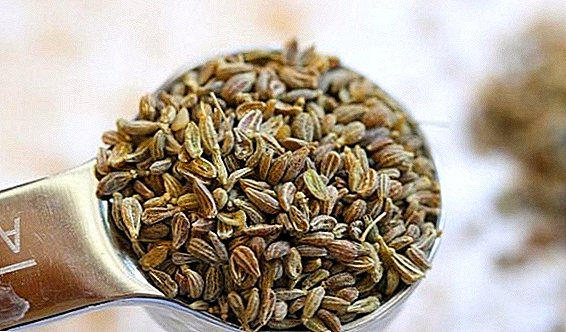 Anise has gained immense popularity throughout the world and today it is widely used in cooking, medicine and cosmetology. At home, this spice can be used not only as a seasoning for dishes, but also for the preparation of delicious and medicinal tea. This article lists the main beneficial properties and contraindications of anise, and also presents popular recipes and recommendations for making tea from the seeds of this plant.
Anise has gained immense popularity throughout the world and today it is widely used in cooking, medicine and cosmetology. At home, this spice can be used not only as a seasoning for dishes, but also for the preparation of delicious and medicinal tea. This article lists the main beneficial properties and contraindications of anise, and also presents popular recipes and recommendations for making tea from the seeds of this plant.
Useful properties of anise
The beneficial properties of anise were known in ancient Rome, where vitamin teas and healing potions were prepared from the seeds of this plant. To understand the benefits of this product, you need to pay attention to its chemical composition. In the seeds of anise there is a high concentration of essential oil (up to 6%), which is the main active ingredient of this spice.
Did you know? In ancient Greece, anise tree branches tied at the head of a bed to drive away nightmares.
The list of useful properties of anise is presented below:
- improvement of the excretory function of the respiratory system - during colds, coughing, facilitates the discharge of sputum from the bronchi;
- antispasmodic effect on the body - used as a laxative and diaphoretic;
- improving the functioning of the digestive system, eliminates bloating, stimulates the liver;
- anti-inflammatory effect - used for gastritis;
- improving eyesight and reducing eye inflammation;
- support for motor function of the uterus;
- rejuvenating effect on the skin - used for the manufacture of ointments and face masks;
- calming effect on the nervous system - relieves fatigue, fights insomnia;
- beneficial effect on the condition of teeth and gums - used for the manufacture of toothpaste, mouthwash.

How to brew and take anise tea
From the seeds of anise is obtained a delicious and aromatic tea. It is used not only because of its excellent taste characteristics, but also as a strengthening effect on the immune system. For brewing such a refreshing drink you will need aniseed seeds and boiling water.
Important! Aniseed tea can not be drunk in large quantities - it can cause negative consequences for the body. The maximum amount per day for an adult is no more than 2 cups.
Depending on your taste preferences, you can add to anise drink and other ingredients, but you need to know what effect the product will have on the body. The following article lists some of the most popular tea recipes with anise seeds.

Classic anise tea recipe
We present to your attention a long-proven recipe for aniseed tea.
Ingredients:
- water: 200 ml;
- Anise seeds: 1 tsp;
- sugar: 1 tsp.
We advise you to find out what are the differences between an anise and an anise.
Step-by-step recipe:
- Boil water on the stove and prepare the teapot by rinsing it with boiling water.
- Spice seeds rub with a pestle in a mortar and fall asleep in a kettle.
- Pour the dry mass with boiling water and cover the kettle with a lid.
- Infuse tea for 10 minutes. You can wrap the kettle on top with a thick towel.
- Strain the drink and pour it into the cup. Add sugar, mix.
It is recommended to drink such a drink daily, 1 cup in the morning and evening. Classic aniseed tea promotes the production of breast milk, so it is recommended for women during lactation.

Anise tea with walnut
With a nut, tea has a more piquat taste and may appeal to gourmets.
Ingredients:
- water: 1 l;
- Anise seeds: 1 tsp;
- walnut kernels: 40 g.
Step-by-step recipe:
- Boil water on the stove. Wash and rinse the teapot with boiling water.
- Seeds placed in a kettle and pour boiling water. Cover the container with a lid.
- Infuse the drink for 10 minutes. You can wrap the kettle on top with a thick towel.
- Add chopped walnuts to the tea bowl. Let it brew for another 5 minutes.
- Strain tea before drinking.
This tool can be used as a standalone drink, as well as add it to regular tea. This tea is well strengthens the immune system.
Did you know? In Central Europe, anise was widespread in the middle of the fourteenth century. During this period, it was used as cash.
Tonic anise tea
This drink tones the body, has a pleasant aroma.
Ingredients:
- water: 0.5 l;
- anise seeds: 0.5 tsp;
- cinnamon stick: 1 pc. (8 g);
- lemon peel: 1 tsp;
- ginger root: 3 g.
Step-by-step recipe:
- Boil water on the stove. Rinse the ginger root and peel it.
- Crushed seeds in a mortar. Grind lime zest with a knife. Cut ginger into thin slices.
- Put all the dry ingredients in the kettle and pour boiling water.
- Cover the container with a lid and infuse for 30 minutes.
- Before drinking tea, strain it through a sieve.

This tool tones the body well, giving it energy and vigor. It is recommended to use it in a warm form on 1 cup up to 2 times a day. It is better to refuse the use of means before bedtime, since it can cause insomnia.
The use of anise in traditional medicine
Due to its beneficial properties and therapeutic effects on the body, anise seeds are often used in traditional medicine. Drinks made from fruits and infusions have a powerful medicinal effect, so they should be used with caution. In the presence of diseases it is recommended to consult with your doctor first and only then begin treatment with the help of folk remedies from anise seeds.
Important! When choosing anise seeds for brewing tea, it is recommended to use only those that have a rich aroma and light brown color - these signs indicate the freshness of this product.
Anise Cough Broth
Broths from this product are used for diseases of the respiratory tract.
Ingredients:
- water: 200 ml;
- Anise seeds: 1 tbsp. l
Step-by-step recipe:
- Grind the seeds in a mortar. Pour them into a saucepan and add water.
- Put the saucepan on the stove and bring to a boil. Boil the mixture on low heat for about 10 minutes.
- Then remove the saucepan with the broth from the stove and cover it with a lid. Leave to infuse for 1 hour.
- Before use, strain the product through a strainer.
For effective treatment of cough, the resulting decoction is taken in 100 ml 4 times a day.

Drug expectorant collection
Ingredients:
- water: 250 ml;
- anise seeds: 6 g;
- licorice root: 6 g;
- coltsfoot leaves: 6 g.
Step-by-step recipe:
- Boil water on the stove. Rinse the teapot in hot water.
- Place the specified amount of dry ingredients in the container. Pour boiling water over them and cover the kettle with a lid.
- Infuse the drink for an hour. Strain before use.
To facilitate the expectoration of sputum during coughing, this remedy is taken in 1–3 parts of a glass 3 times a day after meals.
Did you know? In Europe, the chefs of England were the first to use anise in cooking, adding this spice to gingerbread and other pastries.
Anise fruit infusion
Ingredients:
- water: 250 ml + 1 l for a water bath;
- anise fruits: 5 g.
Step-by-step recipe:
- Prepare a water bath. To do this, pour water into the pan and bring it to a boil on the stove.
- Place the aniseed fruit in an enamel container and pour hot water over it.
- Put the mixture in a water bath and cover with a lid. Heat the beverage for 15 minutes.
- Remove hot flask from steam bath. Leave to cool at room temperature for 45 minutes.
- Strain through the strainer before drinking.

Contraindications to the use of anise and the possible harm of anise
Despite the above beneficial properties, in some cases, anise can harm the human body.
Contraindications to the use of anise are:
- individual intolerance to this spice;
- pregnancy in women;
- diseases of the digestive system (gastric or intestinal ulcers, acute gastritis);
- children's age less than 3 years;
- increased blood clotting.
Important! Essential oil, which is part of the seed, can cause an allergic reaction when using the product in large quantities, so you can not exceed the recommended dosage of the drink.
Drinks from anise seeds can be of great benefit to the human body and help in the treatment of certain diseases. Using the recipes of flavored aniseed tea listed in this article and recommendations for its use, you can not only treat yourself to a tasty drink, but also enrich your body with useful substances.






